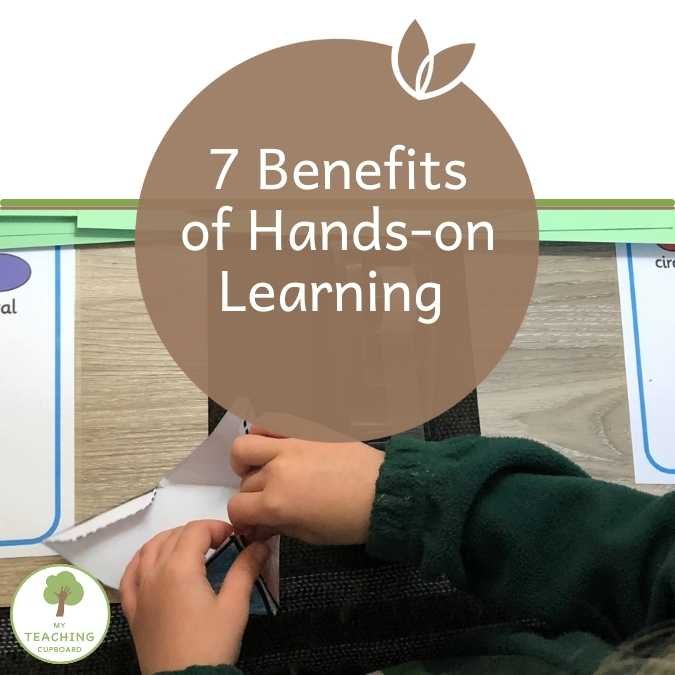
According to Montessori education, children have hands and learn through the use of their hands. The children also apply concrete, hands-on materials to assist them in comprehending new resourses. This method is especially appropriate to the early learner who are well served by being allowed to touch and manipulate materials and experience ideas through first-hand real world interaction. The benefits to hands-on education are undeniable in that it has a few distinct advantages that lead to the better comprehension and memorisation in our young students.
There’s heaps of research supporting this view.
Students retain more information when they actively engage in the learning process. According to the Peak Performance Centre, learners remember up to 75% of what they practice by doing, compared to just 5% from passive traditional learning methods like lectures. This evidence shows that active participation is the key to learning success, especially in early childhood education.
There is a lot of theoretic knowledge concerning this sphere. Researchers and theorists of education often emphasise the practical side of learning, the importance of practical methods in educations. Research like Ekwueme, Ekon and Ezenwa- Nebife study on hands on learning in science and math indicate that students who learn through active learning perform and retain more as compared to the students who learn through old-way rote learning.
Exposing your children to active, hands-on learning experiences in your classroom means having your children learn and be able to retain that information quicker and in the long-term. When you need increase your students retention rate, one of the best things you can do is connect them to the material through their hands.
Which is better Rote Learning or Hands-on Learning?
Rote techniques are still used by many educators who provide drilling of facts and information. So, is this really effective to our young learners?
In a traditional lecture-style environment, if you are lucky, students may be passively absorbing some information, but are they truly engaged? Are they thinking and learning?
The problem with rote learning, especially in early childhood education, is that it often lacks the depth and meaningful connection that hands-on, experiential learning provides.
Hands-on learning offers a number of benefits over rote learning, such as
Through active participation in materials, and having prospects of investigative learning, students are able to study by doing which is one of the best modes.
Such form of education fosters children to transfer information between short-term and long-term memory, thus making the process of learning a knowledge more personal and meaningful.
I have compared these two approaches both personally in the classroom as I have witnessed the major difference. I recall during a lesson of mathematics involving addition when I called the students to the carpet to give an explicit lesson.
. It didn’t take long before I saw kids fiddling with nearby blocks, rolling around, and then I got a completely off-topic comment, “My mum likes coffee.”
This kind of distraction seemed to happen regularly during explicit lessons. Something magical occurred when we transitioned to a hands-on activity using manipulatives to physically model addition. The students were engaged, on task, and focused.
Why is this?
The key reasons it is hands-on learning enables children to enter into safe space and engager in the space to experiment, apply their knowledge in the things that truly matters to the individual.
It makes abstract concept concrete experiences, so that young students to form the ability at the same time, and make learning become entertainment, interactive.
Don’t get me wrong – direct instruction, such as in the example above, certainly has its place in any curriculum-oriented classroom. It’s necessary for teaching specific skills and knowledge.
But the best magic is going to practical board. It is in activities that experiences that children learn that allow children to apply their skills in a creative and engaging manner and most importantly allow children to practice their skills. This would add up and result to the increased understanding of the curriculum, increased retention, and increased recall.
Be willing to add more practical learning activities to help your students excel!A more interactive approach is the proven way to create more meaningful and impactful educational experiences in your classroom.
The 7 Advantages of Active Learning:
There are several undeniable good sides of the hands-on approach to learning in young children, and it can be singled out as one of the most useful methods of engagement, retention, and skill development in young children.
Let’s explore these benefits in detail with some of my real-life classroom examples, supporting research, and relevant products and resources.
1. Improves Memory so Students Retain More:
Theory is much more extensive than hands-on learning and, as a result of the multi-sensory learning experience and context of learning, memory retention is far more active than without hands-on learning.
As National Training Laboratories argued, 75 percent of what the students receive in knowledge is retained when they are given a chance to practice it and 90 percent when they are able to use that knowledge immediately. The practical approach is better in letting students understand more abstract concepts and transforming them into long-term knowledge.
To summarise: learners retain approximately:
-
90% of what they learn when they teach someone else/use immediately.
-
75% of what they learn when they practice what they learned.
-
50% of what they learn when engaged in a group discussion.
-
30% of what they learn when they see a demonstration.
-
20% of what they learn from audio-visual.
-
10% of what they learn when they’ve learned from reading.
-
5% of what they learn when they’ve learned from lecture.
